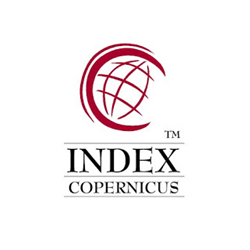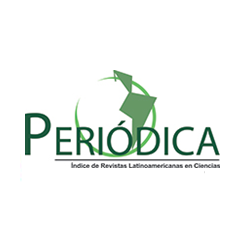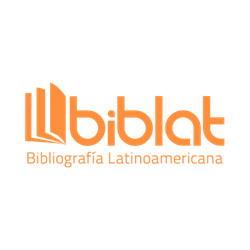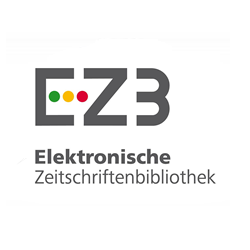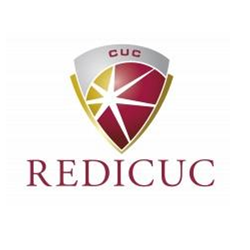Soot influence on the compressive strength of ceramic bricks
DOI:
https://doi.org/10.17981/ingecuc.12.2.2016.10Keywords:
ceramics, compressive strength, XRD, sustainability, soot.Abstract
This article presents the results obtained in the mechanical properties of the addition of soot, which is a byproduct of cooking the bricks used in Santander brickworks. The clay used was initially characterized using the manual granulometric method, following the NSR 10 standard. Chemical and mineralogical compositions were analyzed using a X- ray Diffraction technique. The analysis of the mechanical properties of ceramic was developed through compression tests, according to the guidelines of the Colombian NTC: 4017 Technical Standard. The results show that adding less than 60% in mass of soot residues, when clay is added, increases the compressive strength to 265.31 kg / cm2 in average. This increase is significant taking into account that the minimum compression value according to the standard is 140 kgf/cm2.
Downloads
References
X. Yan and Y. Fang, “CO2 emissions and mitigation potential of the Chinese manufacturing industry,” J. Clean. Prod., vol. 103, pp. 759–773, 2015. http://dx.doi.org/10.1016/j.jclepro.2015.01.051
M. S. Silva and L. A. Z. Valencia, “Impacto Ambiental y Gestión del Riesgo de Ladrilleras en la vereda Lo Gómez de Itagüí,” Cuad. Act., vol. 0, no. 5, pp. 109–123, 2013.
L. C. S. Herek, C. E. Hori, M. H. Miranda Reis, N. Diaz Mora, C. R. Granhem Tavares, and R. Bergamasco, “Characterization of ceramic bricks incorporated with textile laundry sludge,” Ceram. Int., vol. 38, no. 2, pp. 951–959, 2012. http://dx.doi.org/10.1016/j.ceramint.2011.08.015
A. A. Kadir and A. Mohajerani, “Bricks: an excellent building material for recycling wastes - a review. Proceedings of the IASTED International Conference”, Environmental Management and Engineering. EME 2011.
Catálogo Europeo de Residuos CER, aprobado por la Decisión 2000/532/CE de la Comisión, de 3 de mayo, modificada por las Decisiones de la Comisión, Decisión 2001-118, de 16 de enero, Decisión 2001-119, de 22 de enero, y por la Decisión del Consejo Decisión 573-2001, de 23 de julio [Online]. Disponible en: http://www.ingurumena.ejgv.euskadi.eus/contenidos/estadistica/residuos_rnp/es_res_rnp/adjuntos/CER_2002.pdf
J. Santos, P. Malagón, “Estudio del mejoramiento del proceso de fabricación de tejas y ladrillos con las arcillas de la vereda Guayabal del municipio de Barichara (Santander)”. [Trabajo de Grado], Universidad Industrial de Santander. 2009.
J. Camacho and E. Camargo, “Estudios de mezclas de arcillas del norte de Santander para fabricar materiales de construcción”. [Trabajo de Grado], Universidad Industrial de Santander, 1986.
R. Espinace, “Tabla de numeración y abertura de tamices”, Escuela de Ingeniería y Construcción – Ensayos de Laboratorio. Pontificia Universidad Católica de Valparaíso. [Online], Disponible en: http://icc.ucv.cl/geotecnia/03_docencia/02_laboratorio/manual_laboratorio/granulometria.pdf
G. Pérez and Y. Vargas, “Desarrollo, de cerámicos refractarios silico-aluminosos a partir de arcillas caoliníticas de Barichara (Santander)”. [Trabajo de Grado], Universidad Industrial de Santander, 2009.
V. Nežerka, Z. Slížková, P. Tesárek, T. Plachý, D. Frankeová, and V. Petráňová, “Comprehensive study on mechanical properties of lime-based pastes with additions of metakaolin and brick dust,” Cem. Concr. Res., vol. 64, pp. 17–29, 2014. https://doi.org/10.1016/j.cemconres.2014.06.006
C. Piscal Arevalo, N. Afanador García y S. Medina “Resistencia a la compresión en el municipio de Ocaña”, Ingenio, vol.4,no. 2, pp. 12-17, 2012.
J. Silva, J. de Brito, and R. Veiga, “Incorporation of fine ceramics in mortars,” Constr. Build. Mater., vol. 23, no. 1, pp. 556–564, 2009. https://doi.org/10.1016/j.conbuildmat.2007.10.014
NORMA NTC 673, Ensayo de resistencia a la compresión de especímenes cerámicos. Bogotá, D.C.: Normas Técnicas Colombianas (ICONTEC), 2010.
Published
How to Cite
Issue
Section
License
Published papers are the exclusive responsibility of their authors and do not necessary reflect the opinions of the editorial committee.
INGE CUC Journal respects the moral rights of its authors, whom must cede the editorial committee the patrimonial rights of the published material. In turn, the authors inform that the current work is unpublished and has not been previously published.
All articles are licensed under a Creative Commons Attribution-NonCommercial-NoDerivatives 4.0 International License.

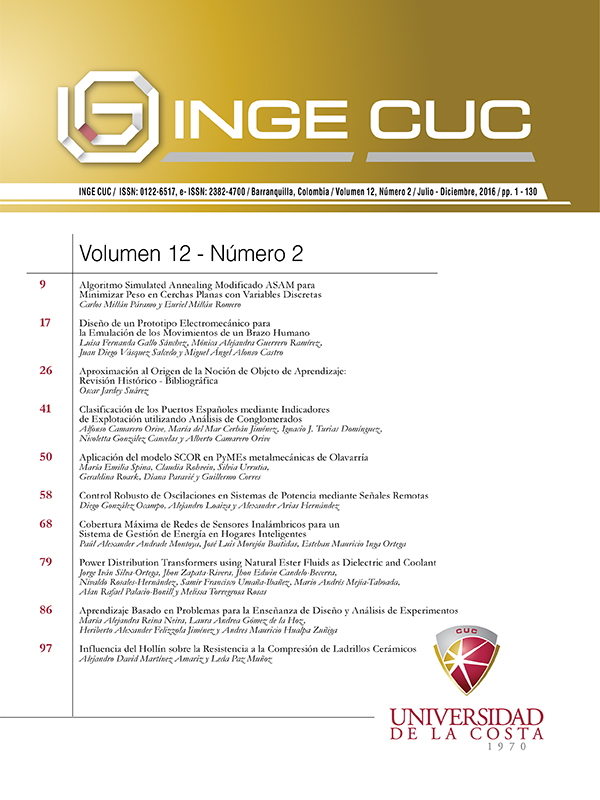

 English
English
 Español (España)
Español (España)





